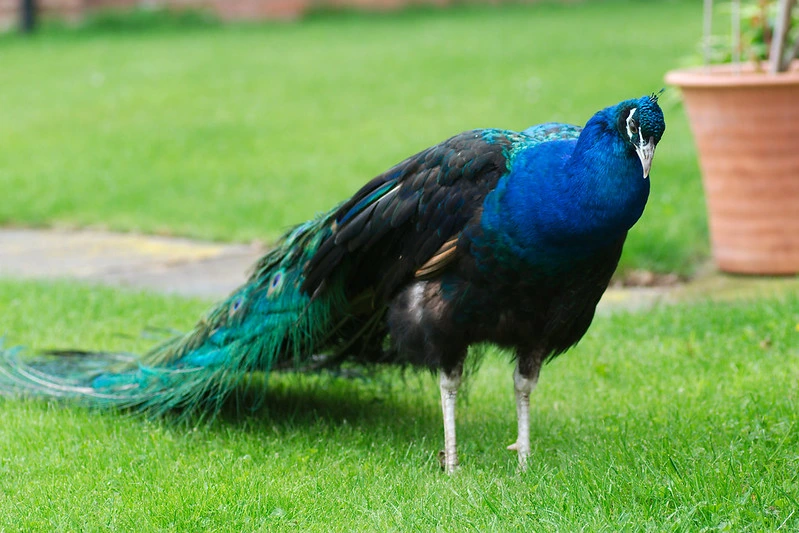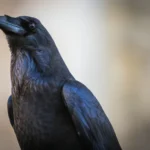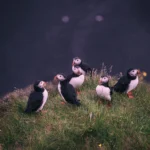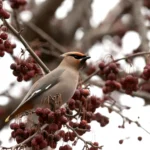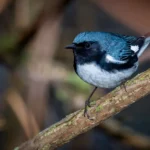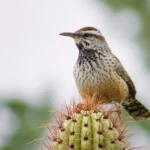Birds that look like a peacock is often recognized for its striking and colorful plumage, though not every bird with similar features is a true peacock. Birds like the Indian and green peafowl share visual similarities with the peacock, especially in their vivid feathers and elaborate displays. The male of these species fans its iridescent tail feathers to attract mates, just like the iconic peacock. Additionally, certain pheasants, such as the silver pheasant, also exhibit similarly ornate feather patterns, creating a visual connection to the grandeur of peafowl.
14 Birds That Look Like a Peacock
1. Indian Peafowl (Pavo cristatus)
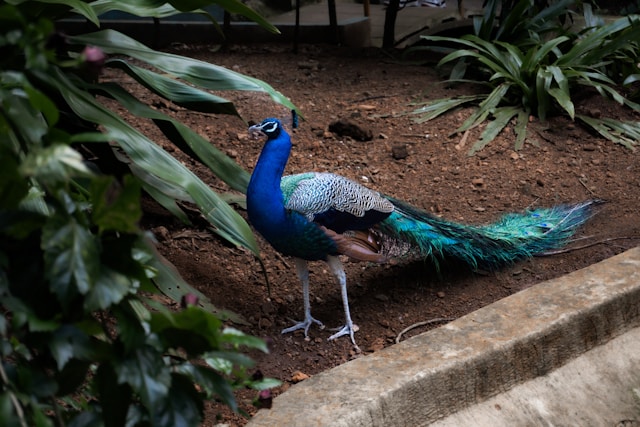
The Indian Peafowl is one of the most celebrated birds in the avian world, renowned for its shimmering blue-green plumage and dramatic tail displays.
Native to the Indian subcontinent, the Indian Peafowl thrives in forests, grasslands, and even urban areas.
The male’s long train, adorned with iridescent “eye” patterns, serves as a key feature for attracting females.
During courtship, males spread their elaborate feathers in a stunning fan-like arrangement.
These birds also hold cultural significance in India, being associated with mythology, art, and even as the national bird.

2. Green Peafowl (Pavo muticus)
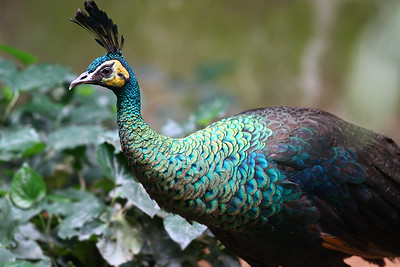
The Green Peafowl stands out with its luminous green and gold plumage, making it a striking relative of the Indian Peafowl.
Native to Southeast Asia, this bird is found in diverse habitats, including grasslands, forests, and wetlands.
Unlike the Indian Peafowl, both male and female Green Peafowls exhibit colorful plumage, though the male’s tail is longer and more spectacular.
These birds are quieter but more elusive, contributing to their mystique.
Sadly, habitat loss and hunting have led to a sharp decline in their numbers, making them one of the most endangered peafowl species.
Also Read : Discover 11 Types of Hawks in Tennessee
3. Congo Peafowl (Afropavo congensis)
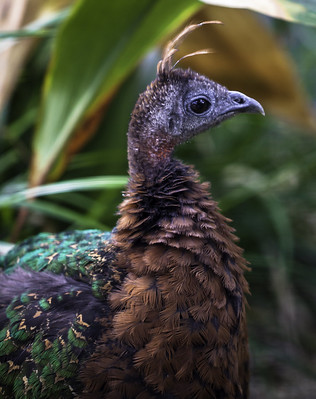
The Congo Peafowl, native to the dense forests of the Congo Basin, is a rare and unique species.
Unlike its Asian counterparts, this peafowl has a more understated beauty, with dark blue and green plumage that blends seamlessly into its environment.
Males have metallic greenish-blue feathers and a small crest, while females are smaller and feature brown and iridescent tones.
Little is known about their behavior due to their reclusive nature, but they are believed to be monogamous and ground-dwelling.
The Congo Peafowl’s rarity and restricted habitat range make it a symbol of biodiversity in the African rainforest.
Also Read : Discover 10 Types of Hawks in Illinois
4. Great Curassow (Crax rubra)
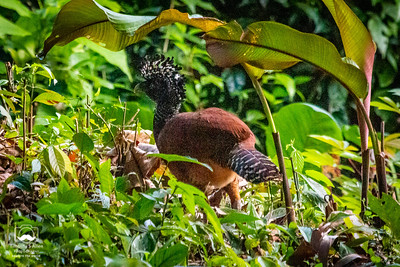
The Great Curassow is a large, striking bird native to the tropical forests of Central and South America.
Though it lacks the vibrant colors of a peacock, its elegant black-and-white plumage and distinctive crest make it a noteworthy species.
Males are predominantly black with a curly crest, while females display a mix of patterns, including rufous, barred, or black-and-white variations.
These ground-dwelling birds are known for their strong legs, which they use for foraging and escaping predators.
The Great Curassow is an important part of its ecosystem but faces threats from habitat loss and hunting, highlighting the need for conservation.
5. Impeyan Monal (Lophophorus impejanus)
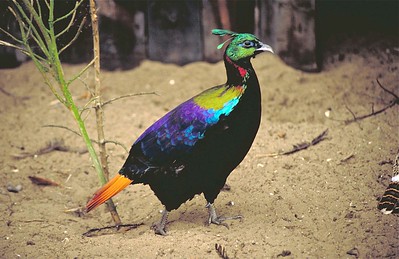
The Impeyan Monal, also known as the Himalayan Monal, is a bird of dazzling beauty.
Found in the high-altitude forests of the Himalayas, this species is Nepal’s national bird.
Males exhibit a rainbow-like array of colors, including metallic green, blue, orange, and purple, which shimmer in the sunlight.
Females, though more subdued, possess intricate brown and white markings that provide excellent camouflage.
The Monal is also adapted to cold climates, often seen digging through snow for food.
Its ethereal appearance and cultural significance make it a cherished symbol of the Himalayan region.
6. Lady Amherst’s Pheasant (Chrysolophus amherstiae)
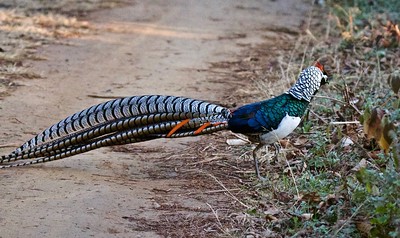
Lady Amherst’s Pheasant is a bird of intricate beauty, native to southwestern China and Myanmar.
The male’s long tail feathers, contrasting black-and-white patterns, and vivid red, green, and yellow plumage make it a striking sight.
Named after Sarah Amherst, a British naturalist, this bird has also been introduced to parts of Europe.
Known for its elusive nature, the Lady Amherst’s Pheasant inhabits dense forests and bamboo thickets.
Despite its captivating appearance, it is rarely seen in the wild, adding to its allure and mystique.
7. Quetzal (Pharomachrus mocinno)
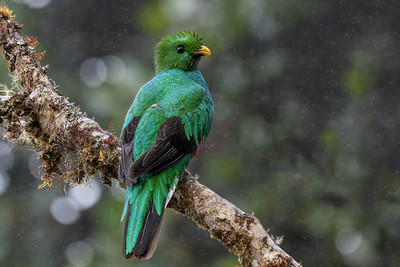
The Resplendent Quetzal is often considered one of the most beautiful birds in the world.
Native to the cloud forests of Central America, this bird is known for its emerald-green plumage and exceptionally long tail feathers.
The male’s vibrant red breast and shimmering green crest are striking features.
Revered by ancient civilizations such as the Mayans and Aztecs, the Quetzal symbolizes freedom and spirituality.
Despite its historical significance, habitat destruction poses a serious threat to this species.
Efforts to protect its cloud forest home are crucial for ensuring its survival.
8. Victoria Crowned Pigeon (Goura victoria)
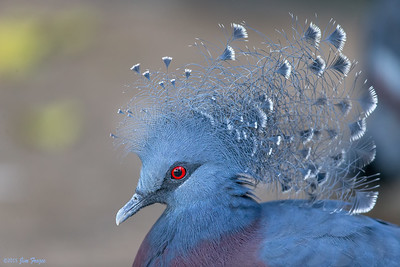
The Victoria Crowned Pigeon, native to the lowland rainforests of New Guinea, is the largest species of pigeon.
Its royal blue plumage, striking red eyes, and elegant crest resembling a lace crown make it a bird of regal bearing.
Unlike most pigeons, it has a calm and ground-dwelling nature.
These birds are social and often found in small groups, foraging for fruits and seeds.
Due to their beauty, they are often targeted by hunters and face habitat loss, making conservation efforts essential for their continued existence.
9. Reeves’s Pheasant (Syrmaticus reevesii)
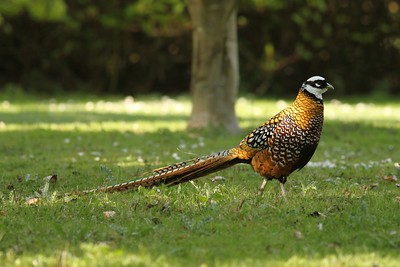
Reeves’s Pheasant is a bird of extraordinary elegance, native to the mountainous forests of central China.
The male’s long tail, which can exceed the length of its body, is covered in intricate patterns of gold, white, and black.
These birds are hardy and adaptable, thriving in both wild and captive environments.
However, habitat fragmentation and hunting have led to declining wild populations.
Their unique beauty and ecological role highlight the importance of preserving their natural habitats.
10. Crested Guineafowl (Guttera pucherani)
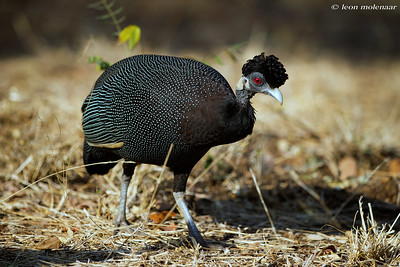
The Crested Guineafowl is an African bird known for its distinctive curly crest and polka-dotted plumage.
Found in forests and savannas, these social birds are often seen foraging in groups.
Although less colorful than peacocks, their striking appearance and quirky behaviors make them a fascinating species.
They are adaptable and can thrive in various habitats, but deforestation poses a significant threat to their populations.
11. Crowned Crane (Balearica spp.)
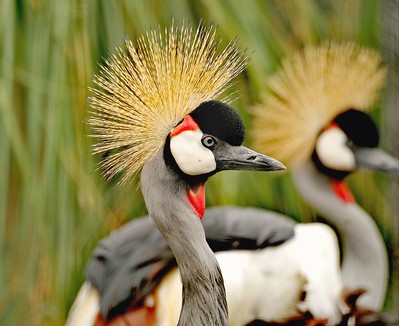
Crowned Cranes, native to Africa, are known for their golden, feathery crests and elegant demeanor.
Often found in wetlands and grasslands, these birds perform elaborate dances during courtship.
Their striking appearance and melodious calls make them a symbol of beauty and grace in their habitats.
However, habitat loss and human activities threaten their survival, underscoring the need for conservation efforts.
12. Long-tailed Widowbird (Euplectes progne)
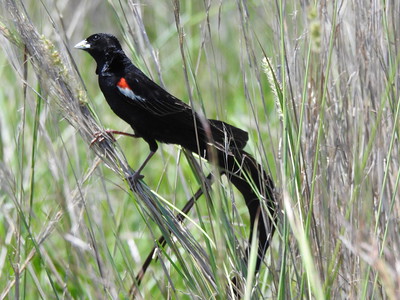
The Long-tailed Widowbird, native to Africa’s grasslands, is a marvel of avian adaptation.
During the breeding season, males grow exceptionally long tail feathers, which they display in flight to attract mates.
This striking feature, combined with their glossy black plumage, makes them one of nature’s wonders.
Despite their beauty, habitat destruction threatens their populations.
13. Blue-crowned Motmot (Momotus momota)
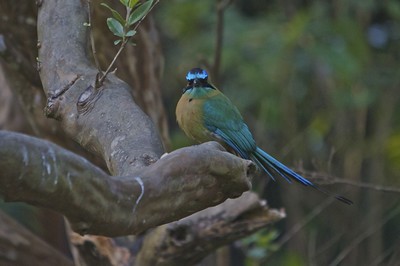
The Blue-crowned Motmot (Momotus momota) is a vividly colored bird native to Central and South America’s forests, often found from Mexico to Brazil.
Known for its distinctive blue crown and racket-shaped tail feathers, it displays a blend of green, blue, and rufous plumage.
These birds are omnivorous, feeding on fruits, insects, and small vertebrates. Often seen perched quietly, they emit soft “hoo” calls.
Blue-crowned Motmots dig burrows in banks or soil for nesting.
14. Palawan Peacock-Pheasant (Polyplectron napoleonis)
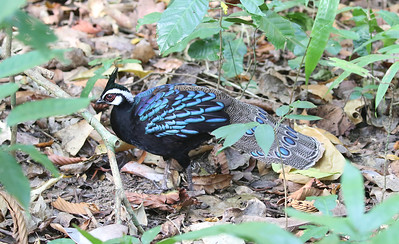
The Palawan Peacock-Pheasant (Polyplectron napoleonis) is a striking bird endemic to Palawan, Philippines.
Known for its iridescent plumage, the male displays vivid blue-green feathers, a metallic crest, and intricate eye-spotted patterns on its tail.
Females are more subdued, with brownish feathers for camouflage.
These ground-dwelling birds inhabit dense forests, feeding on seeds, fruits, and small invertebrates.
Renowned for their elaborate courtship displays, males fan their tails and perform to attract mates. The species is monogamous and nests on the forest floor.
Conclusion
The peacock may reign supreme as the king of beauty in the avian world, but many other birds share its majesty and charm. From the dazzling colors of the Birds-of-Paradise to the intricate patterns of pheasants, these birds remind us of nature’s endless creativity and wonder. Each species has its own story, habitat, and unique traits, making them worthy of admiration and conservation efforts to preserve their splendor for future generations.

Welcome to World Birds Life, where the wonder of birds takes center stage. My name is Lexi, and I’m passionate about helping you discover the beauty and joy that birds bring into our lives.

